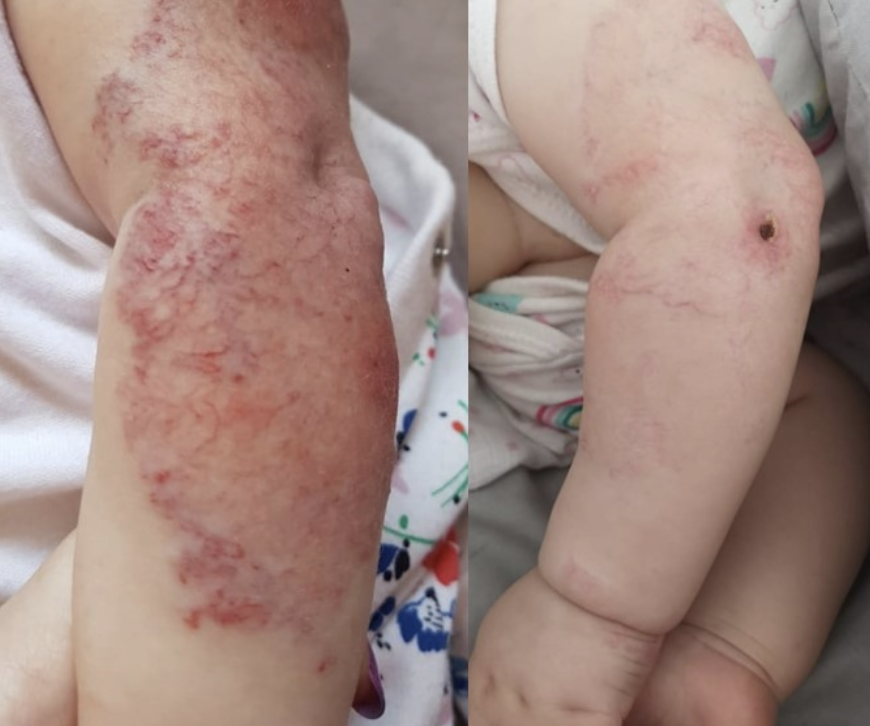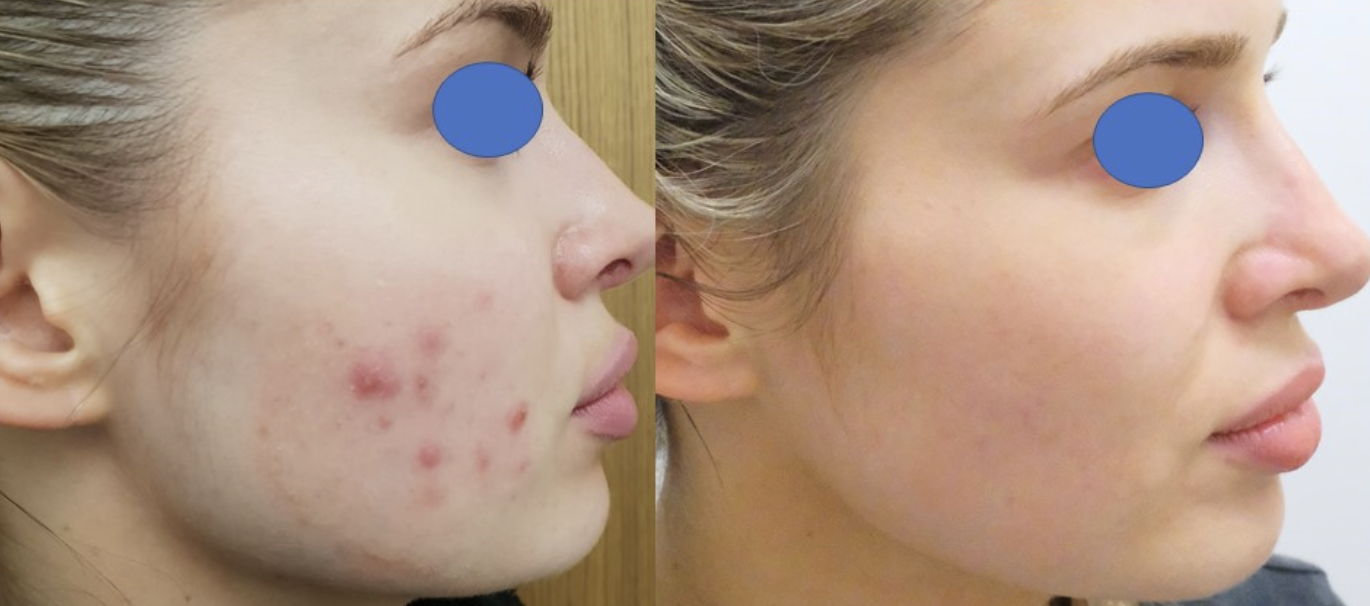Pulsed Dye Laser
Treatment
The pulsed dye laser is a form of laser that has a specific wavelength of 595 nm and is a very versatile laser in its uses. All lasers require a lasing medium to excite the photons of light and generate a beam of light with one wavelength that will be absorbed by a specific target in the skin. The lasing medium in pulsed dye laser is a dye called rhodamine. As a result the generated wavelength is 595 nm which is in the yellow to orange colour spectrum of visible light. Our haemoglobin which is found in our red blood cells absorb this wavelength and hence it is primarily known as a vascular laser.
Historically the first pulsed dye laser was invented in the early 80s and was intended to be used in capillary malformations such as haemangiomas and port wine stains. Over the years the applications of the pulsed dye laser expanded to involve other vascular indications such as rosacea and visible facial vessels.
The pulsed dye laser has also been shown to be extremely useful in a number of conditions that are not primarily vascular or may have a vascular component which can be targeted by the pulsed dye laser. The mechanism of action of pulsed dye laser in non-vascular conditions is referred to as “photochemical effects”. That is, when the laser reaches the skin it initiates a biological response that leads to changes in some biochemical pathways that lead to improvement in a condition. Since heat is not primarily important here we call these effects photochemical. Examples of these conditions that can be treated by the pulsed dye laser include inflammatory acne, warts, molluscum contagiosum, cutaneous lupus, scars, red stretch marks, cutaneous sarcoidosis, poikiloderma and few other uncommon dermatological conditions.
Treatment with the pulsed dye laser is painless and depending on the treatment may have a recovery time of a couple of days or even less. In some cases such as port wine stains and haemangiomas the treatment requires destruction of the blood vessels which will lead to a “bruised” appearance of the treated area and this can take up to 10 days to clear. The number of treatment sessions required with the pulsed dye laser depends on the treated condition.
Professor Firas Al-Niaimi has published many scientific articles on vascular lasers and pulsed dye laser and these can be found in the publications section of the website.








